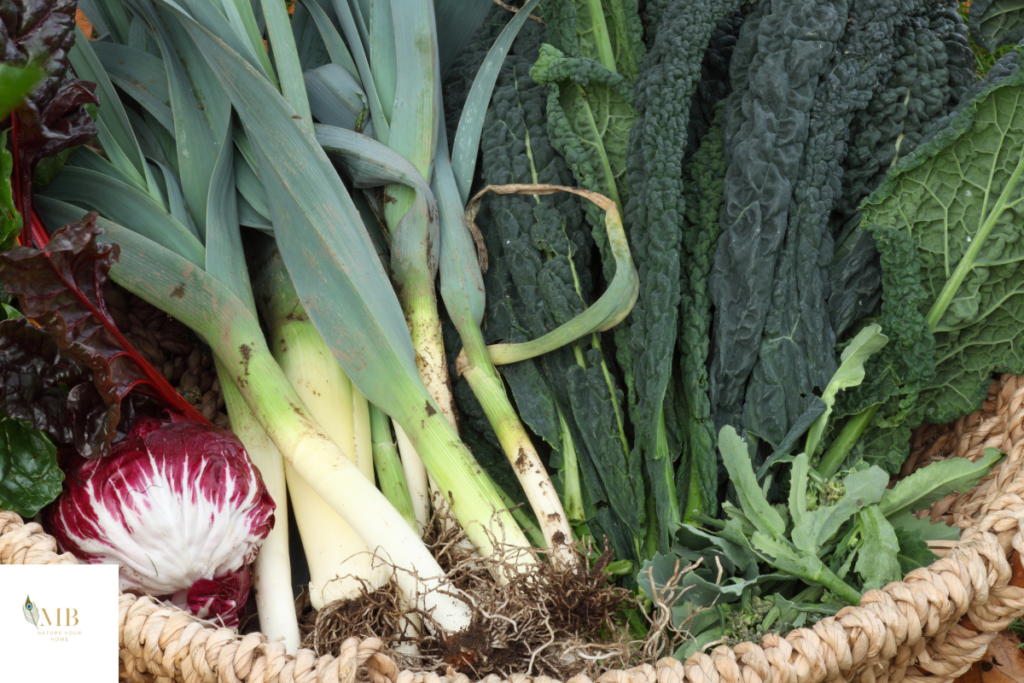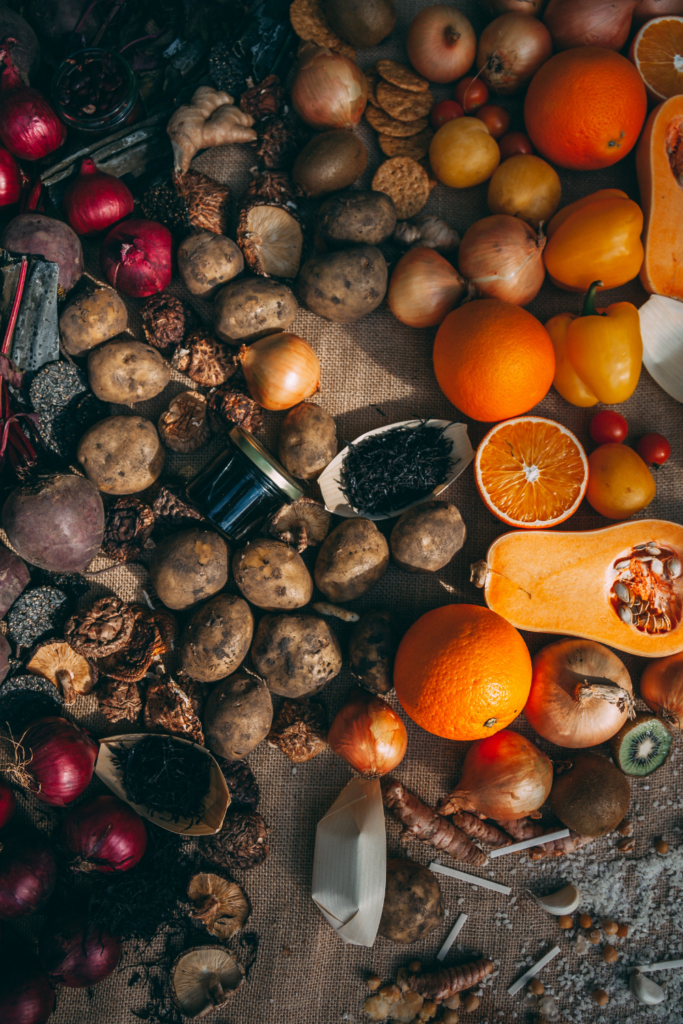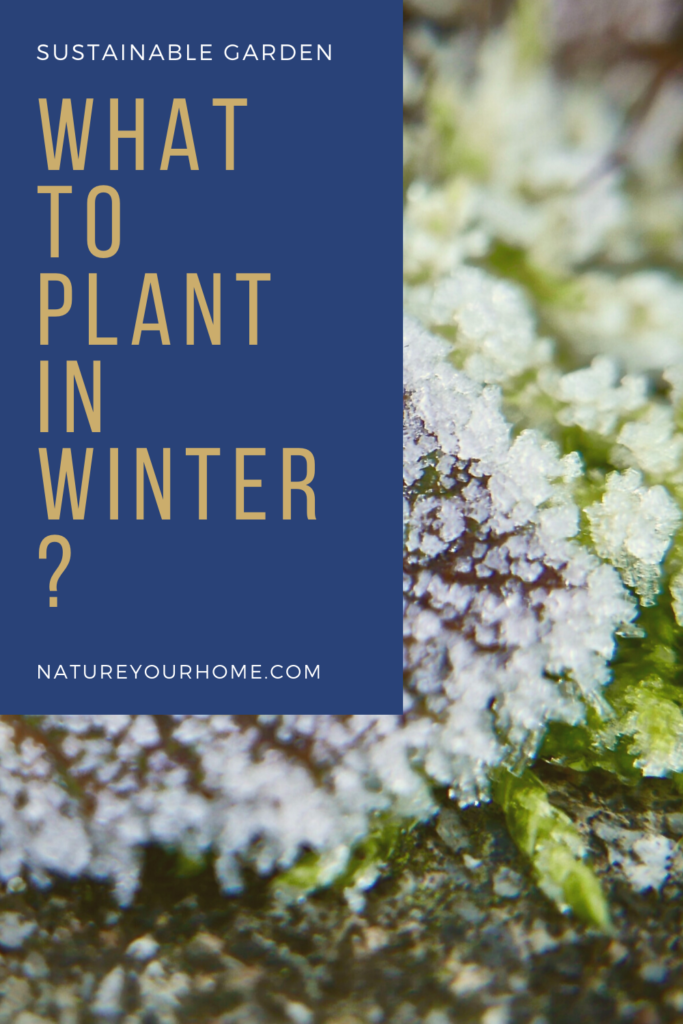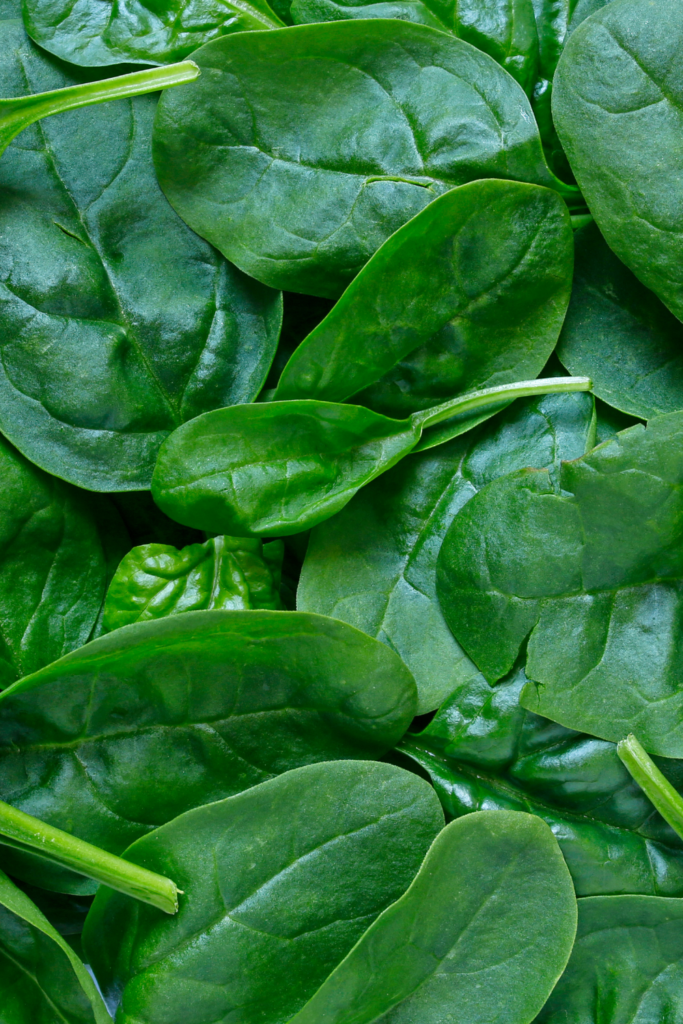What to plant in winter will, of course, depend on exactly where you live. The climate zone and conditions in your area will determine how many options are available to you. These factors will also determine what extra steps you might need to take to protect your crops over the coldest months. But with the right choices and strategies, you can keep sowing and growing in your garden all year round. No matter where you live.
Plant Annual Vegetables For Overwintering
If you want to sow and grow annual fruits and vegetables all year round, it is important to plan ahead. Some crops that can overwinter in your garden must be sown the spring, summer or fall before. But as long as your plants have the right protection, you can keep sowing seeds right up until the first frosts.

Some vegetables that can be sown in fall to remain in your garden over the winter months include:
- Asian greens (hardy crops such as mizuna, mibuna, pak choi, tatsoi etc..).
- Hardy carrot varieties, beets, winter radishes and other root crops.
- Perpetual spinach/ chard, winter lettuces and other hardy greens.
- Onion sets.
- Garlic.
- Broad beans.
- Winter peas.
In warmer climes, there are also plenty of other crops sown earlier in the season that can survive in your garden over the winter months.
However, depending on your climate zone and the conditions in your particular garden, protection may well be necessary to make sure that these crops make it through the winter unscathed.
It makes sense to plan ahead for winter when you live in cooler climes by preparing under-cover growing areas. You might use a greenhouse or high tunnel, or use row covers and cloches to protect individual plants and garden beds. Mulches of organic materials like straw can also help protect winter crops.
Of course, you can also grow indoors (or in a heated greenhouse) all year round. All the leafy greens mentioned above are perfect for a winter windowsill garden. And there are also plenty of herbs, flowers, fruits and vegetables that will survive indoors in a container garden all winter.
In the coldest climate zones, it may be challenging to grow outdoors over the winter months. But rather than leaving beds empty, protect the soil with a cover crop. A cover crop will protect the soil from erosion and nutrient depletion. And a cover crop can also be a green manure, that will either naturally die back over winter. It can be chopped and dropped to feed the soil when spring rolls round.
Plant Bare-Root Trees and Shrubs
If you leave it too late to sow or plant into annual beds for winter, that does not mean that there is nothing you can plant in your garden. Winter is the perfect time to think about adding trees, shrubs, bushes and canes. These can be purchased bare-root and planted out any time during the dormant period.

One of the very best ways to create a low-maintenance garden is to mimic a natural forest or woodland ecosystem. Designing and starting to implement a forest garden design is one great option for winter gardeners.
Winter is a good time to choose and plant fruit and nut trees and fruit bushes and canes. There are a wide range of reasons why it is almost always a great idea to choose to plant trees in your garden. Just make sure that you choose options suited to the specific conditions where you live.
Of course, you don’t just have to think about food production. There are also plenty of ornamental trees and shrubs that you could consider purchasing as bare-root plants to place in your garden during the winter months. Thinking not only about how your garden looks but also about the wildlife it attracts will help you create a healthy ecosystem that can sustain you and other creatures that share your space throughout the whole year.
Winter growing is very different in different areas with different climates and conditions. But no matter where you live, and what protection is available, there is plenty to plant, even during the coldest part of the year.




